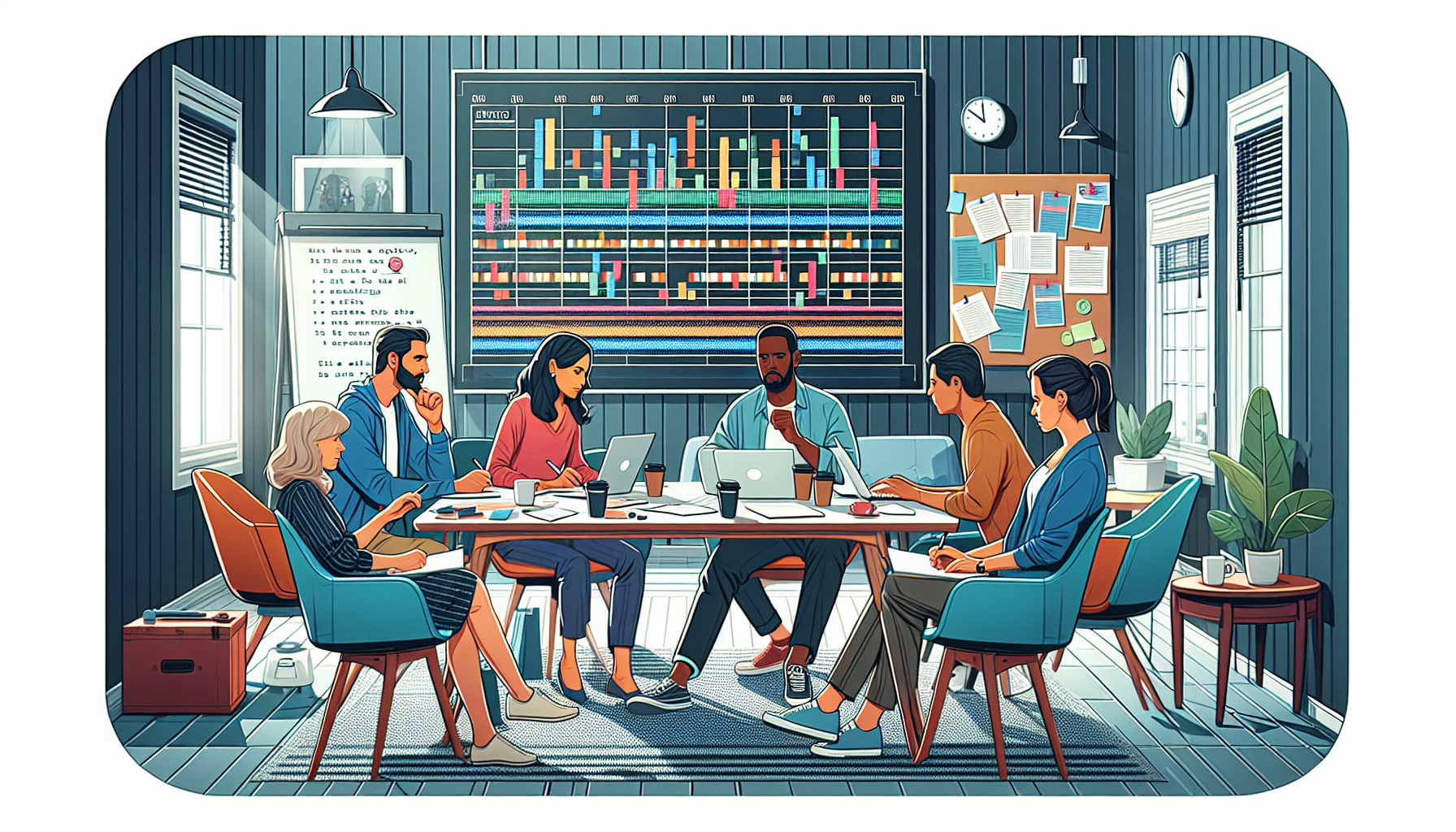
Understanding the TV Beat Sheet: A Case Study of the Ripley Pilot
The television beat sheet is an essential tool in the scripting and production process, dividing a script into manageable parts and flowing with the narrative’s dynamics. To illustrate its utility and process, the pilot episode of Ripley serves as an excellent example. This analysis aims to dissect how the beat sheet was effectively utilized to craft a compelling pilot, propagating both narrative and character development within a structured format.
What is a Beat Sheet?
In screenwriting, a beat sheet is a breakdown of the story into its individual scenes (or ‘beats’), which describe what each part of the action or dialogue aims to achieve. Each beat moves the storyline forward, contributing to character arcs and thematical expressions. By dissecting the beats of the Ripley pilot, one can gain insights into the art of storytelling in serialized formats.
Introduction to Ripley
The Ripley series is based on Patricia Highsmith’s novel, The Talented Mr. Ripley. It follows Tom Ripley, a young grifter in New York who is hired by a wealthy man to retrieve his prodigal son, Dickie Greenleaf, from Italy. The series expands on themes of identity, deception, and the pursuit of luxury. The pilot episode sets the stage by introducing the key characters, settings, and motivations.
Beat Breakdown of the Ripley Pilot
Opening Sequence
The pilot opens with a visually striking beat where Tom is showcased in New York, engaged in his small cons and showcasing his skills in mimicry and deception. This not only hooks the audience with its suspense and intrigue but also establishes Tom’s psychological landscape and his capabilities.
Inciting Incident
The inciting incident occurs when Tom meets Herbert Greenleaf, who mistakes him for a Princeton graduate and friend of his son, Dickie. The proposition from Herbert—to travel to Italy and persuade Dickie to return home—sets the main narrative in motion and is a pivotal beat in the pilot.
Development Beats
As Tom prepares for and travels to Italy, these beats are crucial in showcasing his transformation both inwardly and outwardly. He studies jazz—Dickie’s favorite music—learns Italian, and adapts his fashion to suit what he believes will appeal to Dickie. This progression epitomizes the theme of identity manipulation which is central to the series.
Climactic Sequence
Upon meeting Dickie and his friend Marge Sherwood in Italy, a series of beats unfold that establish the complex relationships between the characters. A key beat is the boat ride where Tom’s admiration and envy of Dickie culminate in a palpable tension, foreshadowing future conflicts.
Resolution of the Pilot
The concluding beats of the pilot solidify Tom’s decision to cling to his new, glamorous lifestyle, whatever the cost. His interaction with Dickie and the Italian elite at a party cements his resolve to do whatever necessary to maintain the illusion he has crafted—a compelling setup for the series’ continuation.
Significance of Beat Planning in Ripley
The beat sheet for the Ripley pilot effectively lays out the transformative and transactional beats that define Tom Ripley’s character arc. Through careful planning and structuring of each beat, the writers are able to maintain a balance between character development and plot advancement, drawing viewers into Tom’s psychologically complex world. Each beat is crafted to build tension and propel the characters towards inevitable conflict, underscoring the themes of pretense and identity that are explored throughout the series.
Understanding how the beat sheet shapes the narrative and pacing of a television pilot can provide profound insights into the art of storytelling. The meticulous crafting seen in the Ripley pilot serves as a prime example of how beats can be used to enhance narrative structure, providing a blueprint for compelling and engaging television production.






